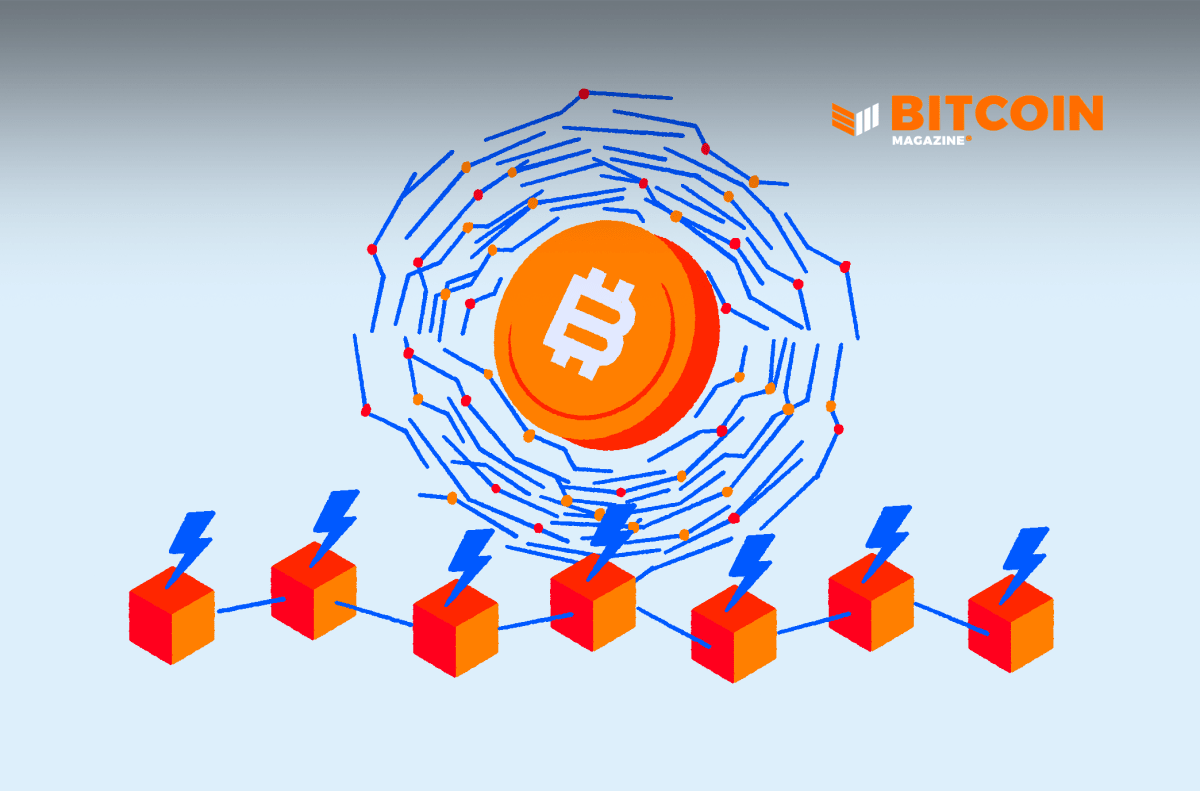The Problem With Money, And The Solution Explained
Bitcoin is sound money because the blockchain makes its ledger tamper-evident, while proof-of-work ensures the blockchain is tamper-proof.
This is an opinion editorial by Arman The Parman, a Bitcoin educator passionate about privacy.
The Problem
To flourish, humanity needs to go back to free market money (not issued by central banks or governments, but arising from the market) that can’t be manipulated by central banks and/or governments, nor eradicated. This money also needs to be digital, to facilitate international value transfer, yet scarce (digital tokens have always been “copyable”).
Gold used to work well, but being physical, as trade expanded beyond the local town to international trade, peer-to-peer exchange of gold became impractical. The solution to that weakness was to centralize it (using bank ledgers instead, or bank “notes”), and digitize it (digitization of notes/contracts), allowing banks to become intermediaries of all non-P2P transfers of money. Gold’s physical nature led to the introduction of gold-backed paper/digital money, but then ultimately to fiat money — government-issued money not backed by anything at all, not even gold. Fiat money costs nothing to produce, is not scarce, and allows governments to avoid market forces. It allows the government to always expand, facilitating a relentless and gradual march to worldwide totalitarianism.
Satoshi Nakamoto solved this problem with Bitcoin.
The Solution
Using a distributed ledger (ledger, meaning a record of all the transactions; distributed, meaning existing in many places at once, all in synchrony), and disappearing from the public, he spawned a money that has no central authority, no CEO — no one at all, who can be asked/forced to shut it down. Every single node needs to be eradicated to eliminate Bitcoin, and there are thousands scattered all over the planet.
That lack of central authority in a digital token would leave a problem — double-spending. How can anyone be sure of the true state of the ledger? What if a token existing in wallet number one that has been spent, is spent again from wallet number one? Who decides which payment was first, and which was later (and is illegitimate)?
This was solved partly by creating the timechain (“blockchain”). Transactions are put in blocks — data grouped together, like pages in a book — and each block includes the hash of the previous block. For more details on how the blockchain works and what it’s for, check here.
With the blockchain, the order of these blocks can’t simply be changed around without anyone noticing. If somebody changes transactions in block number one, then the hash of block one will change. The hash of block one is part of the data of block two. That means changing block one will cause the data (the hash) in block two to be wrong. That makes block two invalid. If block two is invalid, then every block after that would be invalid. You can’t have block 750,000 be valid if block two was not valid:
The blockchain makes the ledger tamper-evident.
The second part of the solution to double-spending was proof-of-work. Note that a re-ordering (or rewriting) of blocks is actually quite easy (and almost costless) to do — it just requires a computer to redo the hashes and link the blocks together. If a new version was presented to you, there isn’t a way for you to know which version is correct — without proof-of-work. What Satoshi Nakamoto did was use PoW (invented previously by Dr. Adam Back) to make these hashes costly to produce.
This costliness was introduced by adding a rule to the Bitcoin protocol, placing restrictions on what hash results are valid, necessitating multiple brute-force attempts at hashing in order to meet the requirement. Random brute force attempts by a computer, that cost electricity, is how it’s done, but it is often explained in a way that’s wrong and hated by informed Bitcoiners. “Bitcoin miners are looking for solutions to difficult math problems.” They are not math problems.
If attackers were to modify block one, they’d have to also find a valid hash (by entering and iterating some meaningless data until the hash is valid), then enter the new hash into block two and in doing so invalidate the hash of block two. They’d have to change block two in such a way to make it hash correctly, and then put that hash in block three, modifying block three.
Then they’d have to repeat the work done to hash block three, and so on, all the way to the current block. The energy expended in mining Bitcoin blocks thus protects the network from attack by making it too expensive to repeat all the energy use. To rewrite Bitcoin from block one would require a repetition of the entire world’s cumulative energy expended on Bitcoin so far.
Proof-of-work makes the blockchain tamper-proof.
The other purpose of PoW is to solve the “Byzantine Generals’ Problem.” This arises in a distributed network of computers all needing to know the current state of affairs, and no message between computers can be trusted to report the current state (just like the predicament of the Byzantine Generals.
The Byzantine Generals’ problem is solved by creating a rule that the chain of Bitcoin blocks with the most cumulative work is the valid chain (often approximated as “the longest chain”). This eliminates any requirement to trust an authority to state which version of the timechain is the valid one, should there be any discrepancy, and simply relies on everyone agreeing to that rule of “most work = the valid chain.”
Another problem that Nakamoto considered when creating new money is the problem of fair issuance, and how to do it in such a way to maximize adoption. Nakamoto achieved this by staggering the release of new coins, allowing some of the later adopters access to newly issued coins. For a detailed exploration of the fairness of Bitcoin’s distribution, see this essay.
50 bitcoins are released to miners every block, which occurs on average every 10 minutes, and that number of coins issued is halved every 210,000 blocks which is roughly every 4 years. Due to the programmed halving of issuance, there will come a day (estimated in the year 2140) where no further division is possible past the smallest unit (1 Satoshi = 0.00000001 bitcoin), and therefore the supply is mathematically capped and very close to 21 million coins.
The difficulty adjustment was also crucial to prevent the supply cap of 21 million coins from being brought in ahead of schedule — it’s interesting to note, for the experienced Bitcoiner, that the difficulty adjustment does not affect the supply cap of bitcoin as such — it just prevents a change to the schedule of release. Even if there was no difficulty adjustment, the 21 million cap can not be breached. For those interested in how mining works and the difficulty adjustment, this essay will explain.
Finally, the creation of this money affected something outside the code — game theory. In the same way that the human genome is ultimately responsible for magnificent monuments and works of art, those things are not actually found in our genetic code. This is described by “The Extended Phenotype,” a book and term coined by Richard Dawkins. Bitcoin’s code results in humans acting in such a way to ensure its success. When you learn about Bitcoin in depth, and the game theory surrounding it, you naturally come to this conclusion:
The only thing that can stop Bitcoin is worldwide coordinated authoritarianism, and the only thing that can stop worldwide coordinated authoritarianism is Bitcoin.
This is a guest post by Arman The Parman. Opinions expressed are entirely their own and do not necessarily reflect those of BTC Inc or Bitcoin Magazine.









